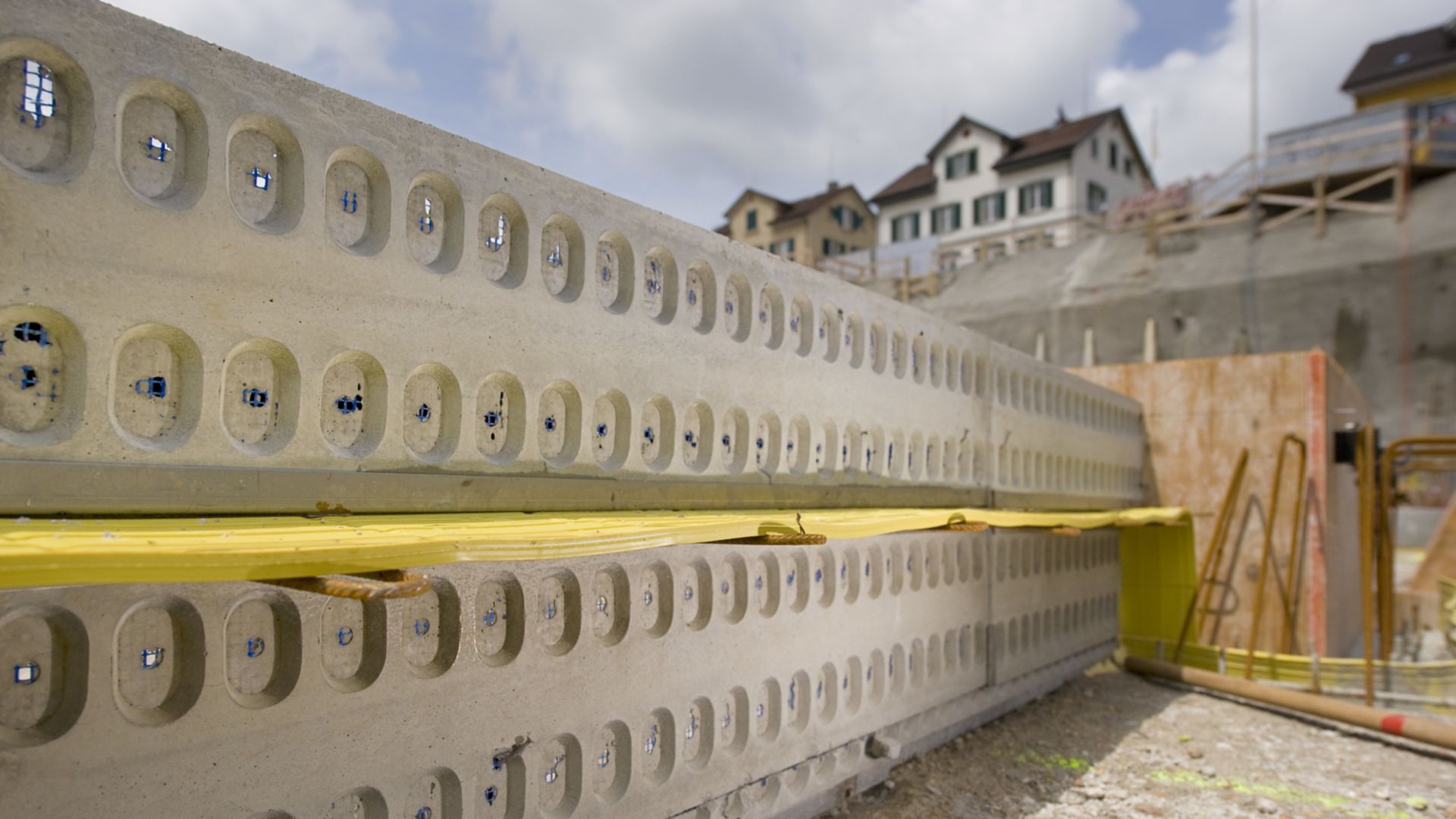Joint waterproofing refers to the process of making connections or joints in structures impervious to water penetration. It involves applying & installing specialized materials or coatings to seal joints and prevent water ingress, ensuring the integrity of buildings and infrastructure.
Commonly used in construction, joint waterproofing safeguards areas where different building components meet, such as expansion joints, construction joints, and pipe penetrations.
This protective measure is crucial for preventing water damage, mold growth, and structural deterioration. Various methods, including sealants, membranes, and coatings, are employed to create a barrier that keeps water out, maintaining the durability and longevity of structures.
Explore our Joint Waterproofing Solutions
Typical Types of Joints in Structures
Construction joints are designed to split areas of the structure into separate concrete sections for work scheduling reasons, or as a structural measure to transfer load, for example. The reinforcement in construction joints is therefore continuous through the joint.
Connection joints are flat or indented joints which split the concrete section through its full thickness without a defined joint gap. The reinforcement in connection joints is discontinuous. When the concrete section contracts, joint movement (joint opening) is possible. When it expands, pressure transmission is possible.
Movement or expansion joints split components through their full thickness with a joint gap of defined width. The reinforcement in movement joints is discontinuous. Movement joints allow differential movement due to temperature variations and/ or load or settlement in one or more directions of the areas, sections or structures separated by the joint.
Control joints in walls, for example, are intended for defined crack control by engineered concrete cross-section weakening and formation of a controlled point of cracking through the concrete. This relieves stresses due to temperature and shrinkage, which thereby prevents uncontrolled cracking in the wall. Cracking takes place in the designed and crack-induced position instead.
Sika Provides All Kinds of Joint Sealing Solutions
Hydrophilic Gaskets
The full range of hydrophilic (swellable) SikaSwell® profiles, rings, and gun-applied sealants are an efficient solution for construction joints and complementary sealing of penetrations to provide an additional line of protection against water ingress.
Advantages:
- Highly economical
- No influence on formwork or reinforcement
- Can be used as a back-up system
- Tested and approved system
- Alternative profiles available for different requirements
Thermoplastic Waterbars
Waterbars are the most common waterproof joint sealing solution for construction joints and are mandatory for expansion joints. The appropriate profile can be chosen from the wide range of Sika Waterbar® based on various materials, depending on project requirements.
Advantages:
- Easy design of closed systems for construction and expansion joints
- Easy connections by welding
- Different products, shapes and sizes for diverse requirements (load and exposure)
- Pre-fabricated waterstop systems possible
- Internal and external waterstops available
Injection Hose Systems
SikaFuko® injection hose system is typically used as a secondary or complementary back-up system to seal construction, movement or connection joints (e.g. diaphragm walls). For details, the appropriate Sika injection material should be chosen.
Advantages:
- Suitable for highly stringent requirements
- No influence on formwork or reinforcement
- Stand alone or backup systems
- A good injection fills the complete joint and prevents any entry of water
- Re-injectable systems
Adhesive Tapes
Sikadur-Combiflex® SG System or Sika® Dilatec® System are post-applied tape systems adhered with epoxy resin onto the membrane, providing an ideal solution for construction and expansion joints, in particular to seal joints of precast components.
Advantages:
- Approved for use in areas in contact with drinking water
- Easily adaptable to the construction method
- Excellent adhesion to different substrates
- Highly flexible
- Easily maintained

